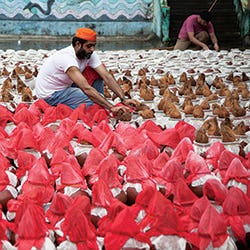
Travel
Scenes of Sindhi India
For Sindhi people living in India, cooking provides a vital connection to their roots. To read more about Sindhi cuisine, see Kaumudi Marathe's story from our May 2013 issue, [A Hunger for Home.
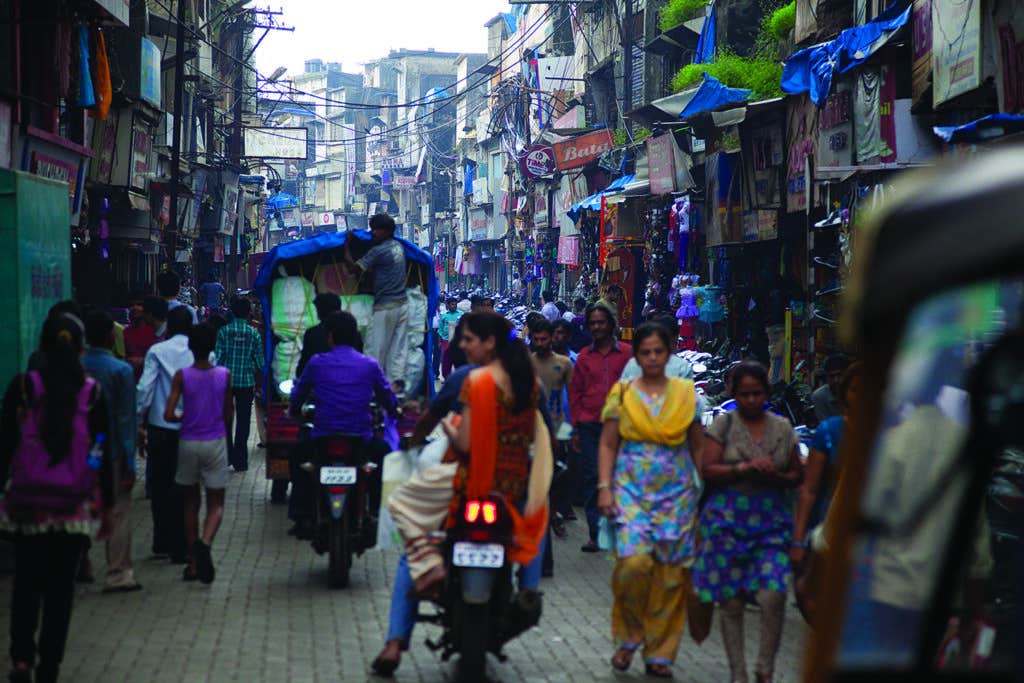
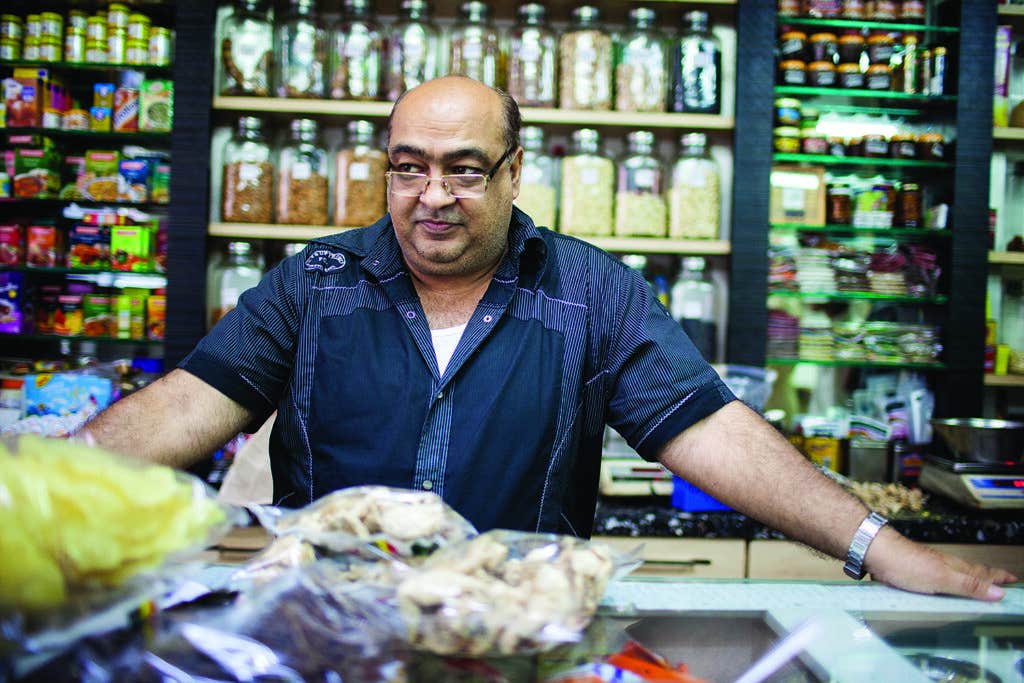
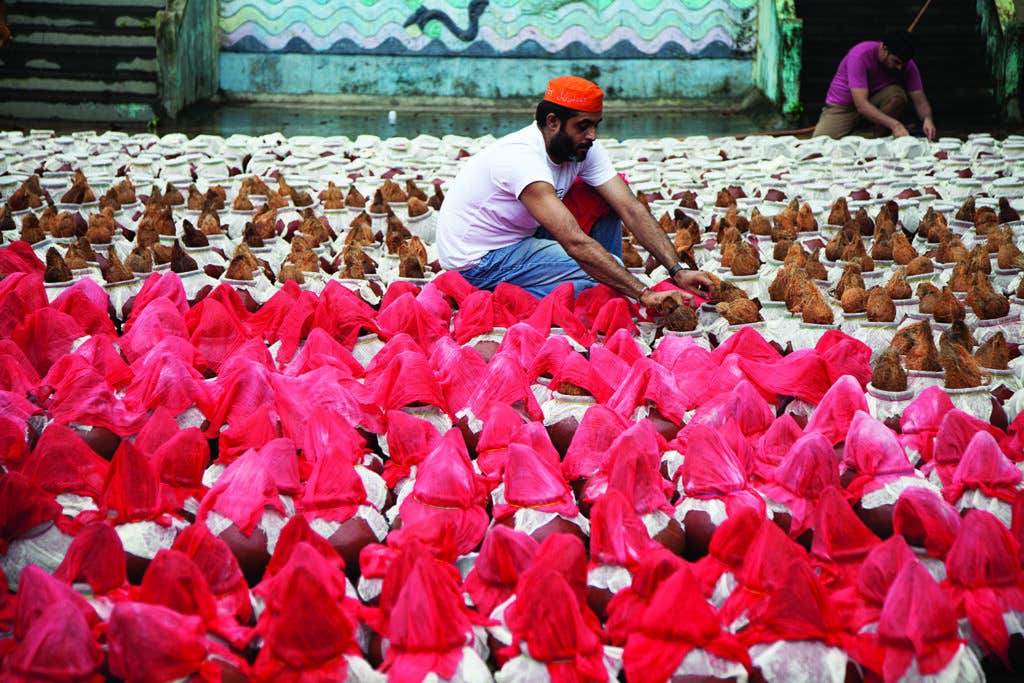
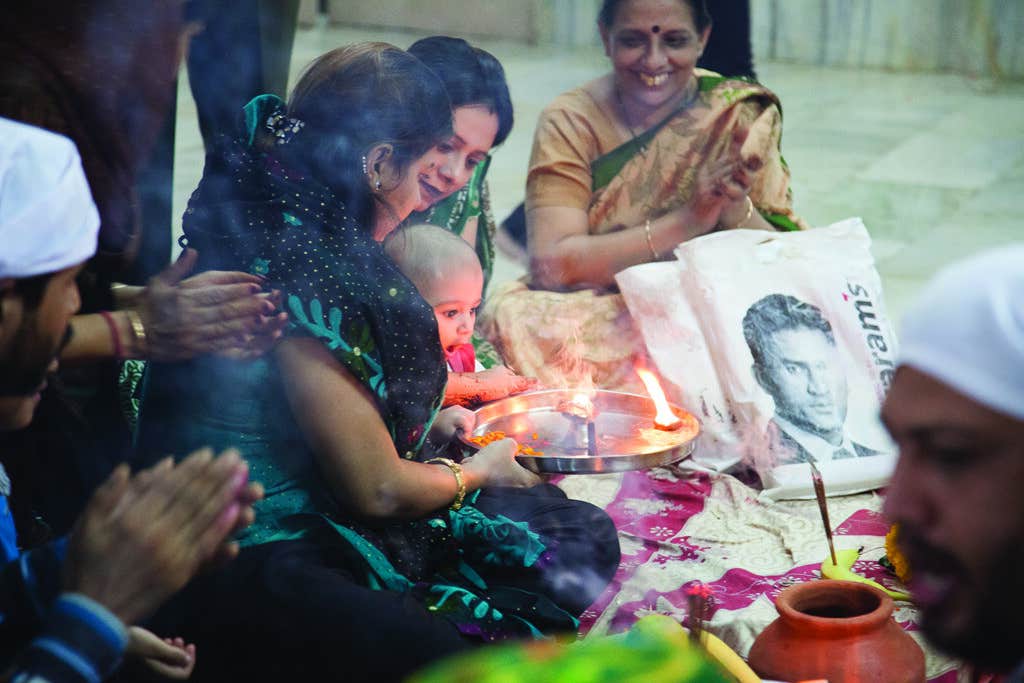
ADVERTISEMENTADAD
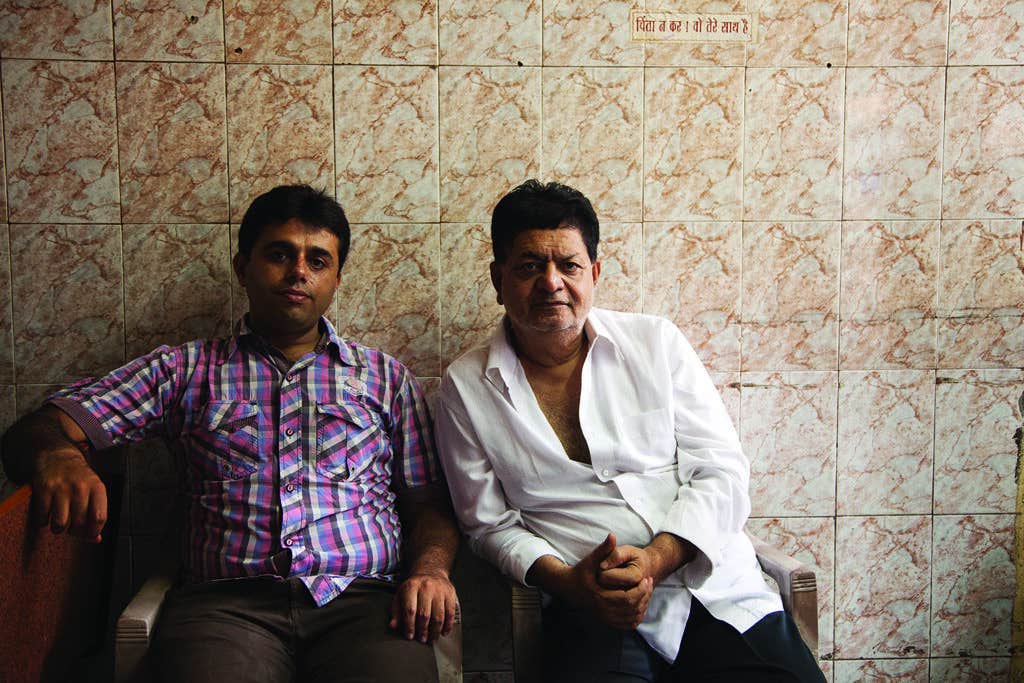
Keep Reading
Continue to Next Story
ADVERTISEMENTADAD










